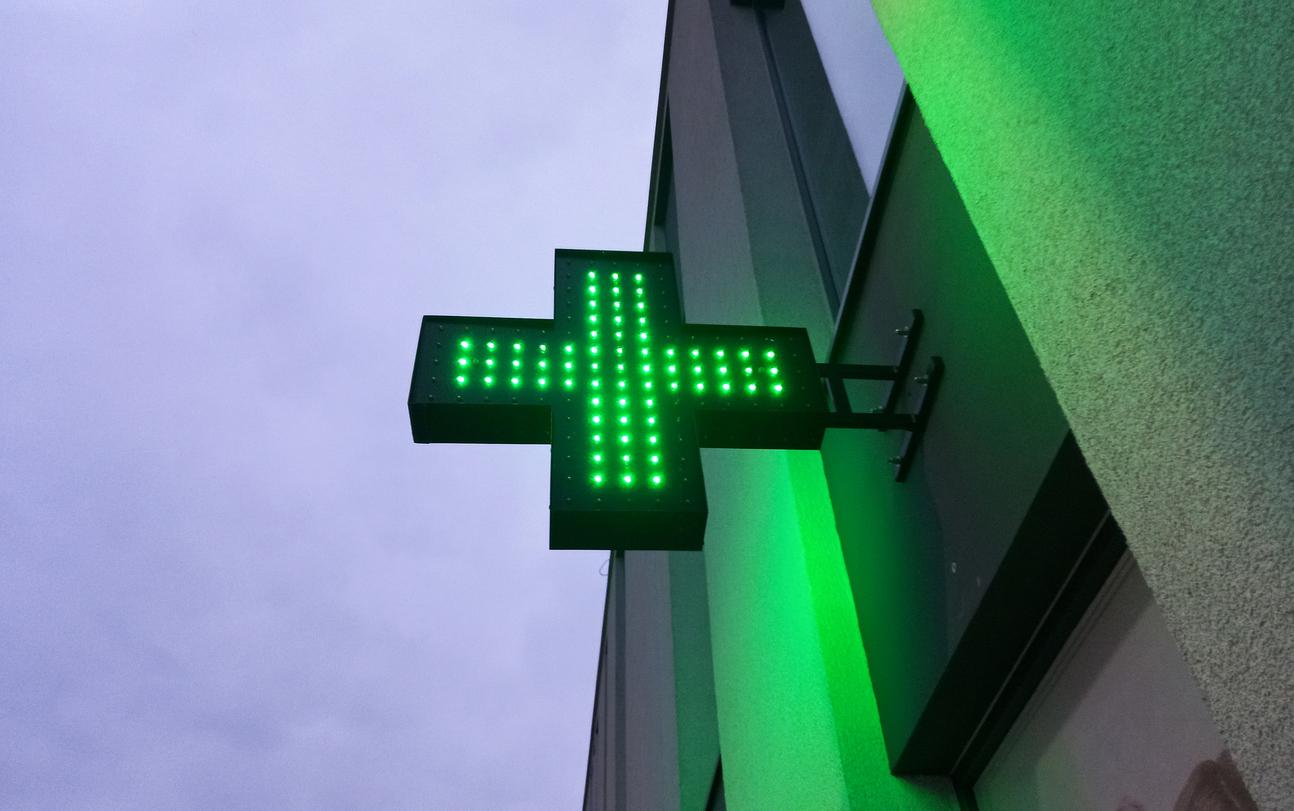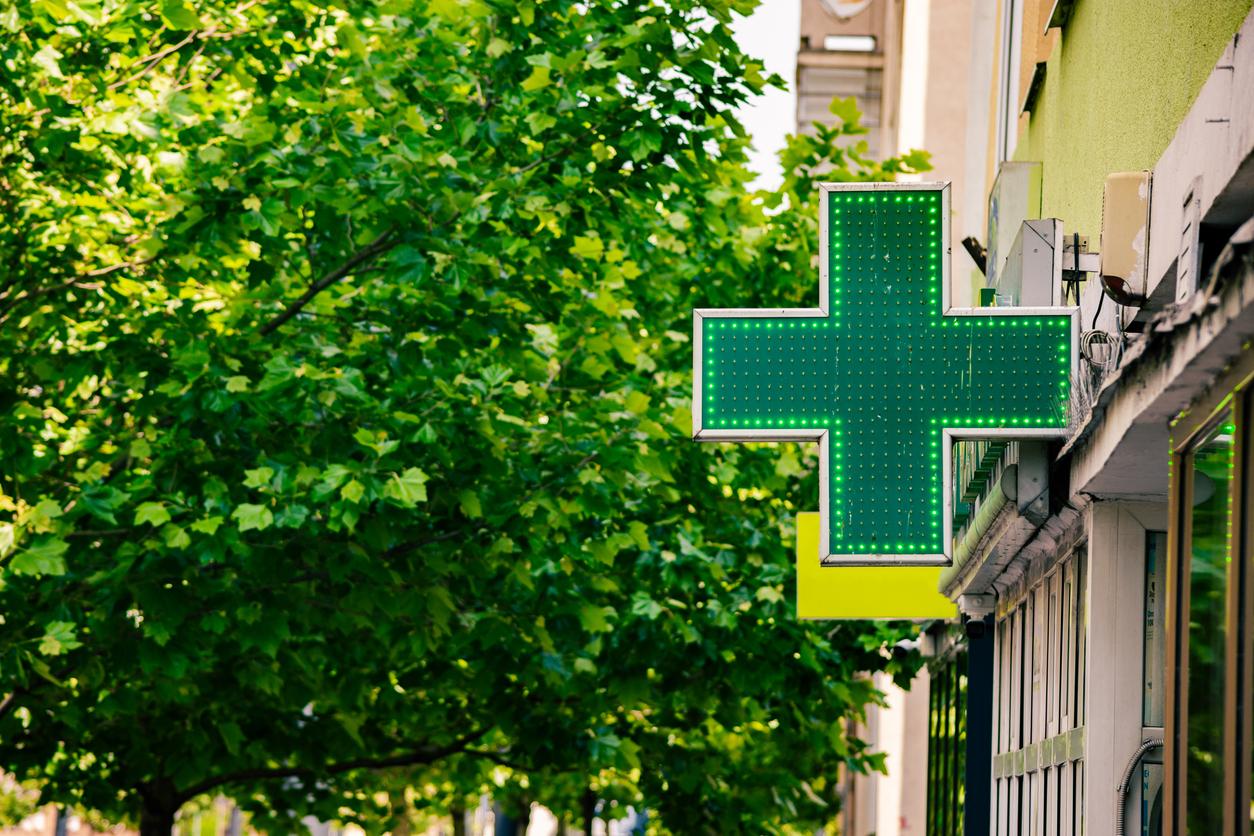In the first half of 2015, nearly 100 pharmacies closed their doors for good, warns the National Order of Pharmacists. In 2014, there were 123 closures.
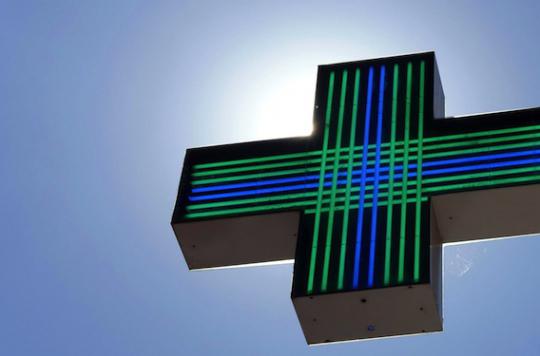
The law on the demo-geographic distribution of pharmacies is based on one principle: to guarantee the French population a sufficient network for good accessibility to pharmacies (drugs, health products and services). The National Order of Pharmacists is very attentive to this equality of access, which it sees as an “ethical principle”. Except that today, this principle is threatened.
From 2006 to 2015, nearly 900 pharmacies disappeared from the French pharmaceutical landscape (metropolitan area). In 2014, this represented a closure every 2.5 days. In study published this wednesday, the Order reveals the areas most affected by this phenomenon.
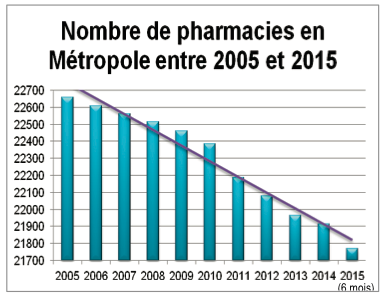
Source: National Order of Pharmacists
In 10 years, the number of pharmacies has fallen by 4%
To begin with, the Order points out that the rate of closure of pharmacies is still accelerating. Those purely undergone, liquidation (9%) and dry closure (1) (43%), are the most frequent.
From 2006 to 2010, the annual closure rate peaked at 0.25% of pharmacies on average. Over the first 6 months of 2015, it already exceeds 0.5%. In 10 years, the number of pharmacies has fallen by 4%.
In this list of closures, the National Order of Pharmacists specifies that “all regions, with the exception of Alsace, are affected by the closures of pharmacies”. Significant disparities can however be noted between regions.
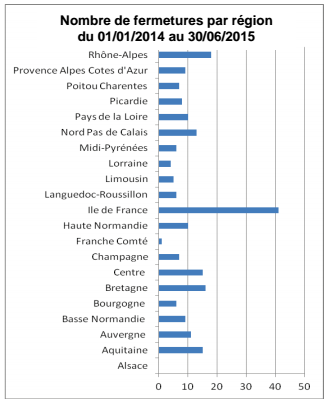
Source: National Order of Pharmacists
Ile-de-France records the most closures
Unsurprisingly, it is the most populous regions that often register the greatest number of closures. Some regions deviate from this rule. “Indeed, if we compare the weight of the region in the number of pharmacies in France (metropolitan France) with the share it takes in the total number of closures, dissonances appear”, writes the Order.
This is the case, for example, of Brittany, which represents 5.1% of pharmacies in France, but represents 7.4% of closures in France. Ile-de-France, which represents the most pharmacies, records comparatively the most closures.
In conclusion, a line running approximately from Sedan to Pau cuts France in two with, to the west, regions overrepresented in dispensary closures, and to the east, less affected regions.
The most affected municipalities with less than 7,000 inhabitants
Finally, the Order notes that the majority of closures are recorded in municipalities with less than 7,000 inhabitants. Conclusion, “sparsely populated areas are proportionally more affected by closures than other municipalities”.
Conversely, medium-sized municipalities seem more spared by closures, concludes the Order.
(1) A “dry” closure is one without compensation or liquidation in which the holder deliberately decides to cease his activity for lack of a buyer.
.











